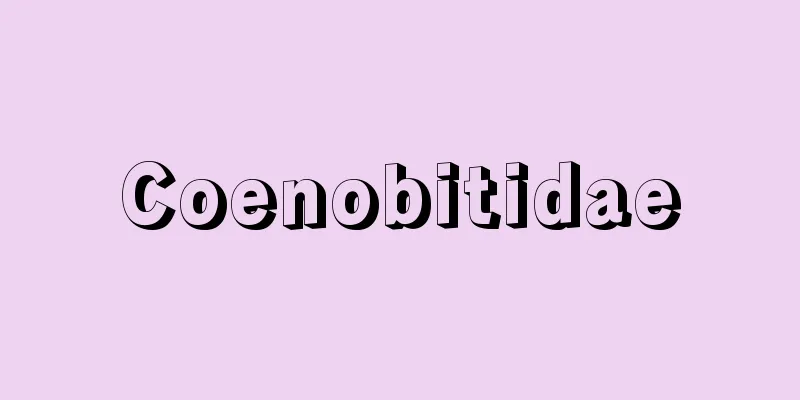Solenodon - That's it (English spelling) solenodon

|
A primitive insectivore resembling a large shrew. The two species Solenodon cubanus of Cuba and S. paradoxus of Haiti make up the family Solenodontidae. They are 28-33cm long, 17-26cm long, and weigh about 1kg. They have a sturdy body, a large head, and a very long snout. They have five fingers on each limb and long claws. They are digitigrades, walking with only their fingers touching the ground, and move in a zigzag pattern, never running in a straight line. Source: Heibonsha World Encyclopedia, 2nd Edition Information |
|
大型のジネズミに似た原始的な食虫類。キューバのキューバソレノドンSolenodon cubanusとハイチのハイチソレノドンS.paradoxusの2種でソレノドン科Solenodontidaeを構成する。体長28~33cm,尾長17~26cm,体重約1kg。体はがんじょうで頭部が大きく,吻(ふん)が非常に長い。四肢には5指があり,つめが長い。指だけを地につけて歩く指行性で,ジグザグに進み,決してまっすぐには走らない。
出典 株式会社平凡社世界大百科事典 第2版について 情報 |
Recommend
Chironectes minimus (English spelling)
…Females have no brood pouches, and young are att...
Iyahiko Shrine
…It is commonly known as Yahikojinja, but the cor...
Aron, Raymond (-Claude-Ferdinand)
Born: March 14, 1905, Paris [Died] October 17, 198...
Dispute resolution procedure - continued
A general term for a series of preparatory procedu...
Kitamoto [city] - Kitamoto
A city in the central-eastern part of Saitama Pref...
Ordination platform - Kaidan
A place for Buddhist precepts. It is also called ...
Aashbayuji - Aashbayuji
...Offerings to the snakes are made daily until t...
Gilbert, T.
…the general name for the 1782 Act, which confirm...
Pulsating current - Myakuryu
〘Noun〙① A flow in which the direction of flow is c...
Message from Emperor Gohanazono
A letter of instruction written in kana by Emperor...
AG Weser (English spelling) AGWeser
...The company is a holding company, with about 7...
Later Hojo Clan
The origins of the Ise Naga clan, the founder of t...
Muscle fiber
〘 noun 〙 A fibrous cell that makes up the muscle t...
Honami [town] - Honami
An old town in Kaho District, central Fukuoka Pref...
Riverina
…Together with the Darling River and the Murrumbi...









